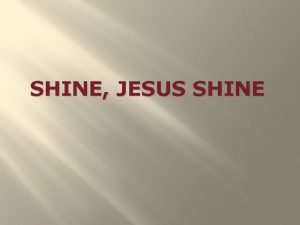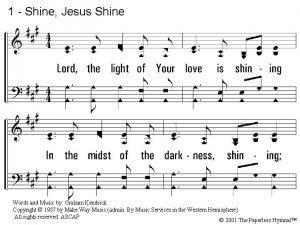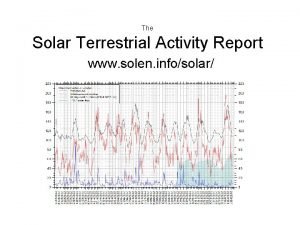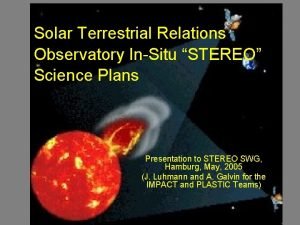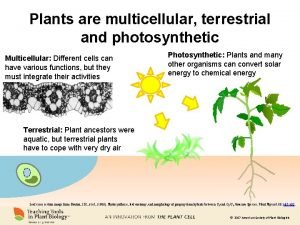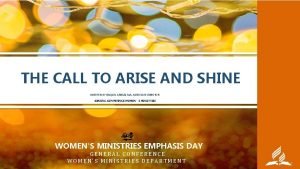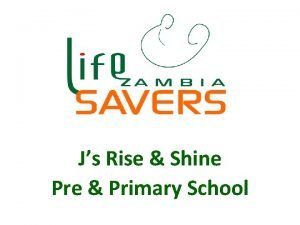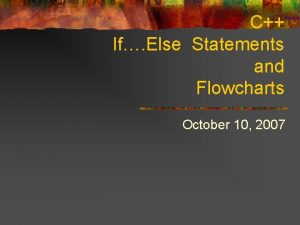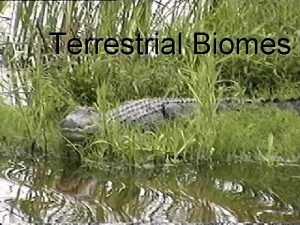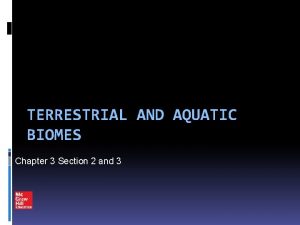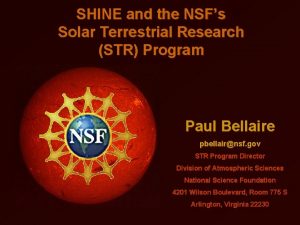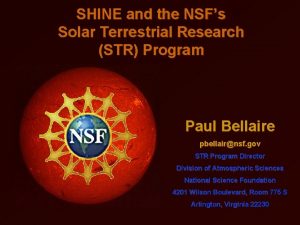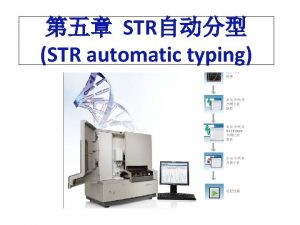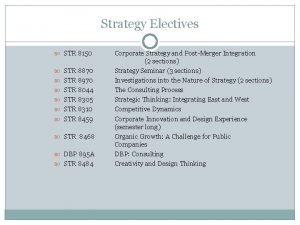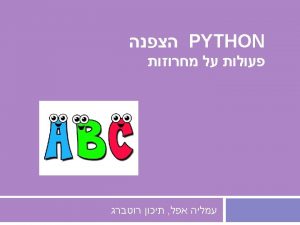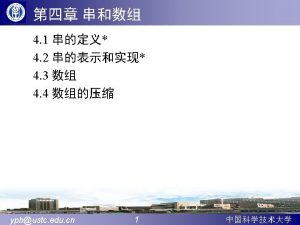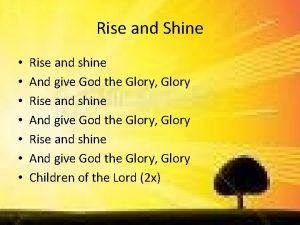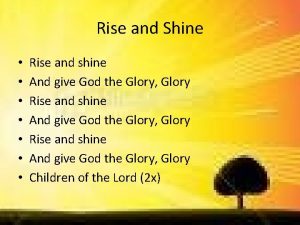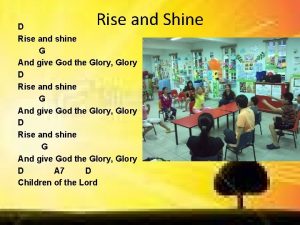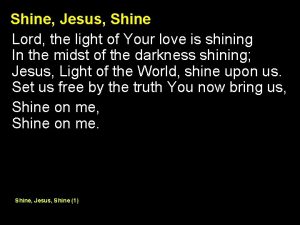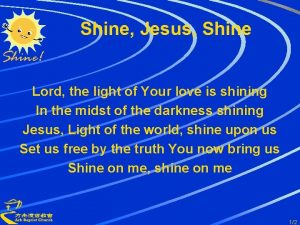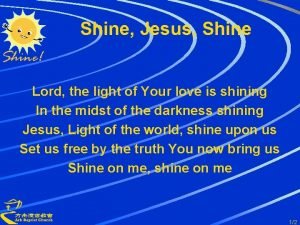SHINE and the NSFs Solar Terrestrial Research STR

















- Slides: 17

SHINE and the NSF’s Solar Terrestrial Research (STR) Program Paul Bellaire pbellair@nsf. gov STR Program Director Division of Atmospheric Sciences National Science Foundation 4201 Wilson Boulevard, Room 775 S Arlington, Virginia 22230

NSF’s Statutory Mission “To promote the progress of science; to advance the national health, prosperity, and welfare; and to secure the national defense. ”

NSF Solar Research Funding Sources NSF Structure

ANNUAL UARS BUDGETS

Percentage Change from FY 2004 to FY 2005 Solar-Terrestrial Physics: Aeronomy: -2. 59% Magnetospheric Physics: -2. 59% Upper Atmosphere Facilities: +2. 13% (Increases for AMISR) Assume a reduced budget for FY 06!

STR Budget Detail FY 2005 budget down 2. 59% from FY 2004 Additional Funds Provided to STR in FY 2005: $654 K from ATM & UARS reserves $400 K from AFOSR (for REU & FDSS) $33 K from ONR (for NSWP)

STR Proposal Pressure Gradient, by Fiscal Year Note the approximate three year periodicity – submissions grow steadily and peak every three years, then crash. In the absence of fiscal growth, years of peak submission tend to coincide with years of low success rate. This is not rocket science! It is the inevitable result of the three-year duration of awards typically favored by the NSF. STR is due for another success rate minimum in FY 2006. . .

FY 2005 SHINE Competition Results • 24 Submissions, 8 Unique Projects Funded; 10 PIs Involved! Resulting Commitments: $771 K in FY 05, $783 K in FY 06, $802 K in FY 07 FY 2005 Awardees in Alphabetical Order: (One collaborative project involved three awards) Graham Barnes, NWRA { Christina Cohen, Cal. Tech (Lead PI) Mihir Desai, University of Maryland (now at Sw. RI) Nariaki Nitta, Lockheed-Martin Advanced Technology Center Dietmar Krauss-Varban, University of California, Berkeley Jon Linker, SAIC Jiong Qiu, NJIT Big Bear Solar Observatory Ilia Roussev, University of Michigan Jie Zhang, George Mason University Thomas Zurbuchen, University of Michigan CONGRATULATIONS TO ALL!!

FY 2006 SHINE Competition • Upcoming Deadline for the FY 2006 SHINE Competition Proposals due 17 Aug 2005; Slightly More Than $600 K Available Panel to be Held in the Oct-Nov 2005 Timeframe Funds to Become Available Around Jan 2006 • A NEW SUBMISSION PROCESS IS BEING TESTED! “GRANTS. GOV” Please visit http: //www. nsf. gov/funding/pgm_summ. jsp? pims_id=5749 Using Grants. gov is not obligatory at this time, but a wise proposer will give it a try! The NSF web site above gives details. . . The Fast. Lane web site can still be used for SHINE submissions. Grants. gov is a new agency-wide federal program meant to streamline the grant application process = one application format, many agencies! This may become obligatory for all proposers at a future time (very soon? ). SHINE is one of several NSF programs currently testing the Grants. gov concept. Your feedback on Grants. gov would be appreciated. The Grants. gov users manual can be found at http: //www. nsf. gov/bfa/dias/policy/docs/grantsgovguide. pdf

Other Relevant Feeding Funding Programs • Major Research Instrumentation Program (MRI) (Proposals due 26 Jan 2006) STR had no MRI winners in FY 05; kudos to past winners: Phil Goode, NJIT Big Bear Solar Observatory, FY 03 award Hao Sheng Lin, University of Hawaii, FY 04 award Richard Miller, University of Alabama, Huntsville, FY 04 award • Special Programs CAREER (Proposals due 21 Jul 2005) Partnership in Basic Plasma Science and Engineering (Proposals due 6 Jan 2006) National Space Weather Program (NSWP) (Proposals due 16 Jan 2006) Program for Research and Education with Small Telescopes (PREST) (Proposals due 20 Jan 2006) Opportunities for Enhancing Diversity in the Geosciences (Letters of Intent due 14 Sep 2006) • Most Special Program of All! Major Research Equipment Facilities & Construction (MREFC) Ø ATST project currently being managed by NSF Astronomy and now under consideration by the NSF leadership Ø DASI? Still to be defined and submitted by the community. . . !

Partnership in Basic Plasma Science and Engineering The focus of the PBPSE continues to be fundamental research in interdisciplinary plasma science and engineering that effectively integrates education. Proposals directly related to fusion energy studies are not eligible. Some of the general research areas of interest include astrophysical and solar plasmas, plasmas in interplanetary space, the coupled solar windmagnetosphere-ionosphere system of the Earth, as well as other planetary magnetospheres and atmospheres. Proposers are encouraged to exploit the “Basic Plasma Science Facility” at UCLA under the PBPSE program: http: //plasma. physics. ucla. edu/bapsf/

COMMUNITY COORDINATED MODELING CENTER http: //ccmc. gsfc. nasa. gov • Solar & heliospheric models from SAIC, UC Berkeley, UCSD, CU, & IASB are now on-line; runs for SHINE campaigns have been made; MOU with CISM signed • I encourage other SHINE researchers to submit their models for community access & testing at the CCMC • Biennial CCMC workshop to be held by invitation only in Florida in Oct 2005; the CCMC seeks your input • Utah State’s GAIM ionospheric model is now at the CCMC; can the SHINE community learn any data assimilation techniques from their approach?

ANNUAL REPORTS § I must respond to the Government Performance Results Act (GPRA, pronounced “Gipp-Rah”) ØI need “research nuggets!!” (Colorful graphics preferred!) § Annual Reports are due 90 days before award anniversary date! § Your funding increment – and that of any of your current Co-Is on any NSF grant – is delayed until your report is submitted! § Please submit a No Cost Extension if you cannot expend your annual budget due to unforeseen circumstances – do not just delay the submission of your annual report

PROPOSAL REVIEWS Unless you have been informed that your review is for a special competition, or for use by a specific panel, your review is for a proposal submitted to my core STR program. Special NSF competitions and panels have deadlines. However, core STR reviews, which are strictly mail-in, do not have hard deadlines (other than the NSF’s de facto 6 month rule). I would prefer to receive a delayed review than none at all.

PROPOSAL REVIEWS The return rate for reviews of STR proposals is (by far!) the lowest in ATM (< 50%). Some proposals go beyond the 6 month point. My goal is one request per 12 months per reviewer. Two requests per 12 months per reviewer is a last resort. I estimate that an effective review requires only a few hours of your time. PLEASE HELP YOUR COLLEAGUES!

PROPOSAL REVIEWS When you provide a review, you are not doing the NSF a favor – you are performing a key role expected of all scientists! The peer review process requires your participation to function. All reviewers benefit by remaining on the cutting edge of research topics and ideas. Some of you who cannot be funded by the NSF (by order of Congress, not by my whim!) feel you have no obligation to the community to provide the NSF with reviews. This odd and erroneous belief is non-collegial at best and self-defeating at worst. I routinely receive reviews from foreign colleagues who NEVER receive NSF funding! They understand the meaning of a “solar physics community” – shame on those of you who do not. . .

SUMMARY ¬Budgets appear down through FY 07 ¬Numbers of STR proposals – and STR success rates! – cycle on a 3 year basis, but this can vary as more STR awards are made with 4 and 5 years duration ¬SHINE will test Grants. gov in FY 06; SHINE is on a secure fiscal profile ¬Obtaining reviews is a continuing problem, but you can help!
 Jesus light of the world shine upon us
Jesus light of the world shine upon us Shine jesus shine fill this land with the father's glory
Shine jesus shine fill this land with the father's glory Sterlide
Sterlide Solar terrestrial relations observatory
Solar terrestrial relations observatory Solar panel cells wholesale
Solar panel cells wholesale An inexhaustible source of energy
An inexhaustible source of energy Photosynthetic, multicellular, and terrestrial?
Photosynthetic, multicellular, and terrestrial? Aquatic vs terrestrial
Aquatic vs terrestrial The call to arise and shine
The call to arise and shine Rise and shine primary school
Rise and shine primary school Isaiah 60:1-5
Isaiah 60:1-5 Rise and shine algorithm
Rise and shine algorithm Bonide leaf shine and moisture guard
Bonide leaf shine and moisture guard Rocky planet surface
Rocky planet surface Characteristics of outer planets
Characteristics of outer planets My very excited mother planets
My very excited mother planets Terrestrial biome examples
Terrestrial biome examples Chapter 3 section 2 terrestrial biomes
Chapter 3 section 2 terrestrial biomes
